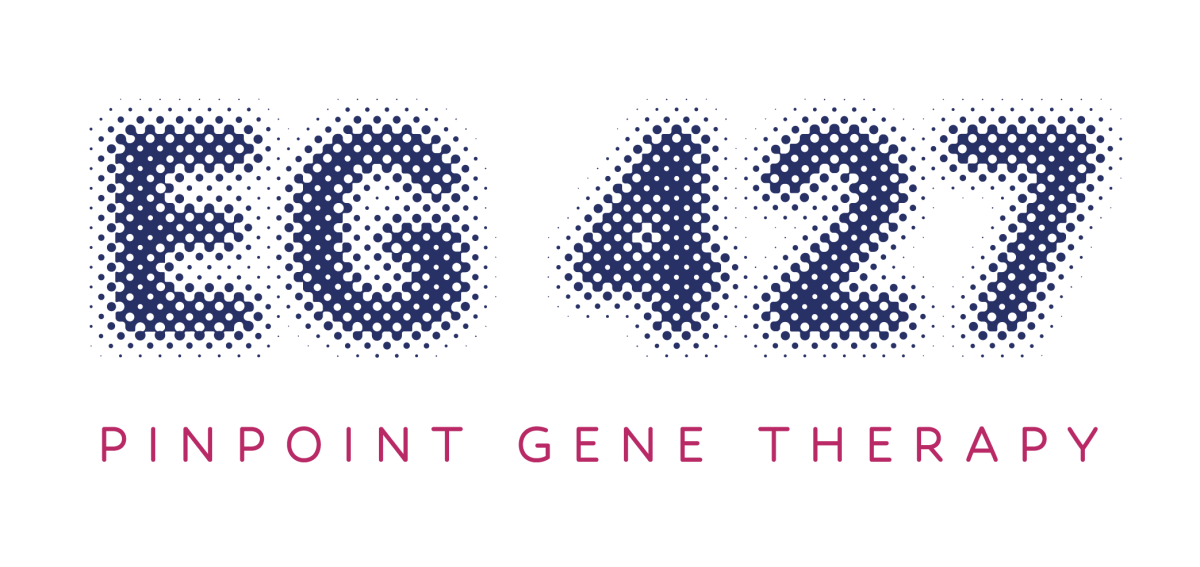Biotech Breakthrough: EG 427 Secures €27M Funding Boost to Accelerate Medical Innovation

EG 427, a pioneering biotechnology company, has secured significant funding to advance its groundbreaking neurological research. The company successfully raised capital with support from specialist fund SCI Ventures, which is backed by major spinal cord injury foundations. Existing investors also contributed to this promising investment round.
The newly acquired funds will be strategically allocated to finance the phase 1b/2a clinical study of EG110A, with a primary focus on evaluating safety and early efficacy outcomes. This critical milestone opens promising pathways for clinical development across multiple medically significant neuro-urology conditions.
Beyond the immediate clinical trial, the funding will also provide crucial support for the company's early-stage pipeline, which is built upon their innovative proprietary HERMES vector technology platform. This investment represents a significant step forward in potentially transformative neurological research and treatment development.
The funding announcement was made in Paris, France, on February 20, 2025, signaling continued momentum in the biotechnology and medical research sectors.

